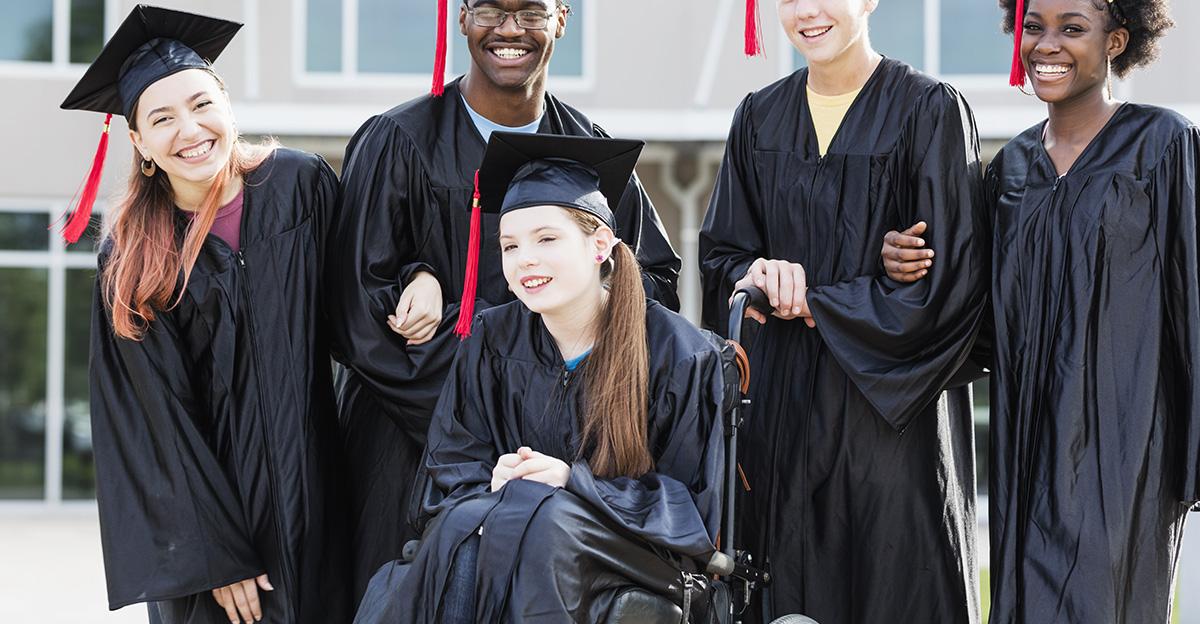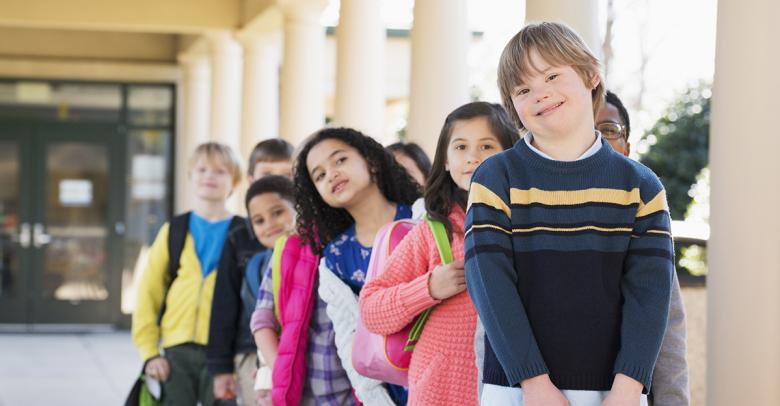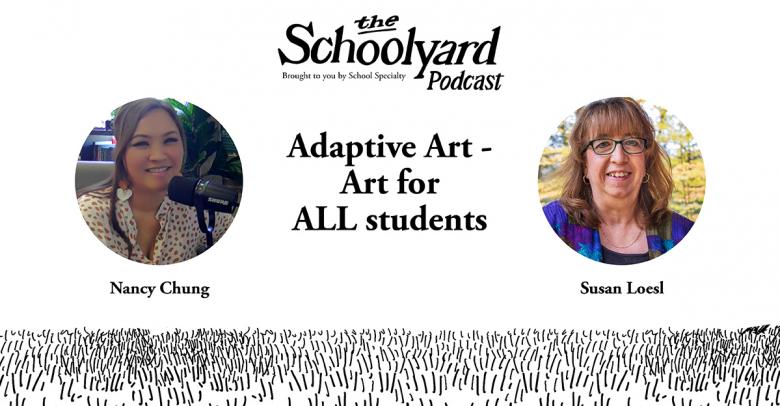Recent data indicates that the average graduation rate for students with disabilities—those served by IDEA—was 67.1%. Overall graduation rates for all students is 84.6%, so this represents a significantly lower rate. This roughly translates to only two of every three students with disabilities graduating with a regular high school diploma and within four years of starting ninth grade. The other one of three took longer to graduate with a regular diploma, graduated with an alternate diploma, or didn’t graduate at all. Though this graduation rate is up from previous years, it still indicates there is work to be done with equity and inclusion for students with special needs as they navigate through high school and beyond.
As part of best practice, Individuals with Disability Education Act (IDEA) requires that transition planning starts by the time a student with special needs turns 16. For many states this process begins earlier at ages 13 or 14 and/or often as a student transitions from middle to high school. IDEA defines the transition as a twofold process.
First, the goals in the IEP (Individual Educational Program) transition plan should state what a student’s plan is after high school. This can include vocational training, post-secondary education like college, seeking employment/job, and independent living. The goals then serve as the map for the student as he/she continues through high school.
From here the transition plan usually incorporates additional objectives that will vary by student and ability levels. Students that are collegiate bound for example may need practice with test taking skills with any modifications that may be needed such as extra testing time clearly identified and documented. As their peers begin the college review and tour process, high school students with special needs should also be reviewing for accessibility issues. Can a student that uses a wheelchair for example have full access to the campus environment or will a student on the autism spectrum have accommodations for noise/sound sensitivity.
Some students may benefit from a Life Skills Program that includes options for Activities of Daily Living such as preparing a simple meal, making a bed, folding and putting away clothes or even practicing dressing skills. Functional Living Skills may have to be addressed and can include options like learning to ride public transportation, money management, and time management. Prevocational skills such as learning to fill out a job application, practicing simple sorting and assembly tasks and understanding and implementing basic job skills in key areas like food service, retail and clerical work may be other areas of focus. Social and Emotional Learning concepts may have to be developed and refined so that a student is able to successfully navigate their respective community environment. As part of SEL and self-management skills, students should learn to advocate for their own self-regulation needs such as the use of sensory tools and spaces for calming and organizing.
No matter what the student’s path, IDEA supports the concept of student-centered transition planning. These means that the student, the parents, the special education team along with any general education instructors be actively involved in the process. Transition services that are based on a student’s strengths, preferences and interests help ensure that the student takes an active role to the extent possible in the next chapter of life after high school!
For additional information check out our School Specialty High School resources page.
Cecilia Cruse
Cecilia Cruse, MS, OTR/L has a BS degree in Occupational Therapy from the University of Florida, and her Master’s degree in Education from Georgia State University. She is SIPT certified and has over 25 years’ experience in pediatrics with school-based services, acute care, and outpatient pediatric settings.
Read more posts by Cecilia Cruse–>







Leave a Reply